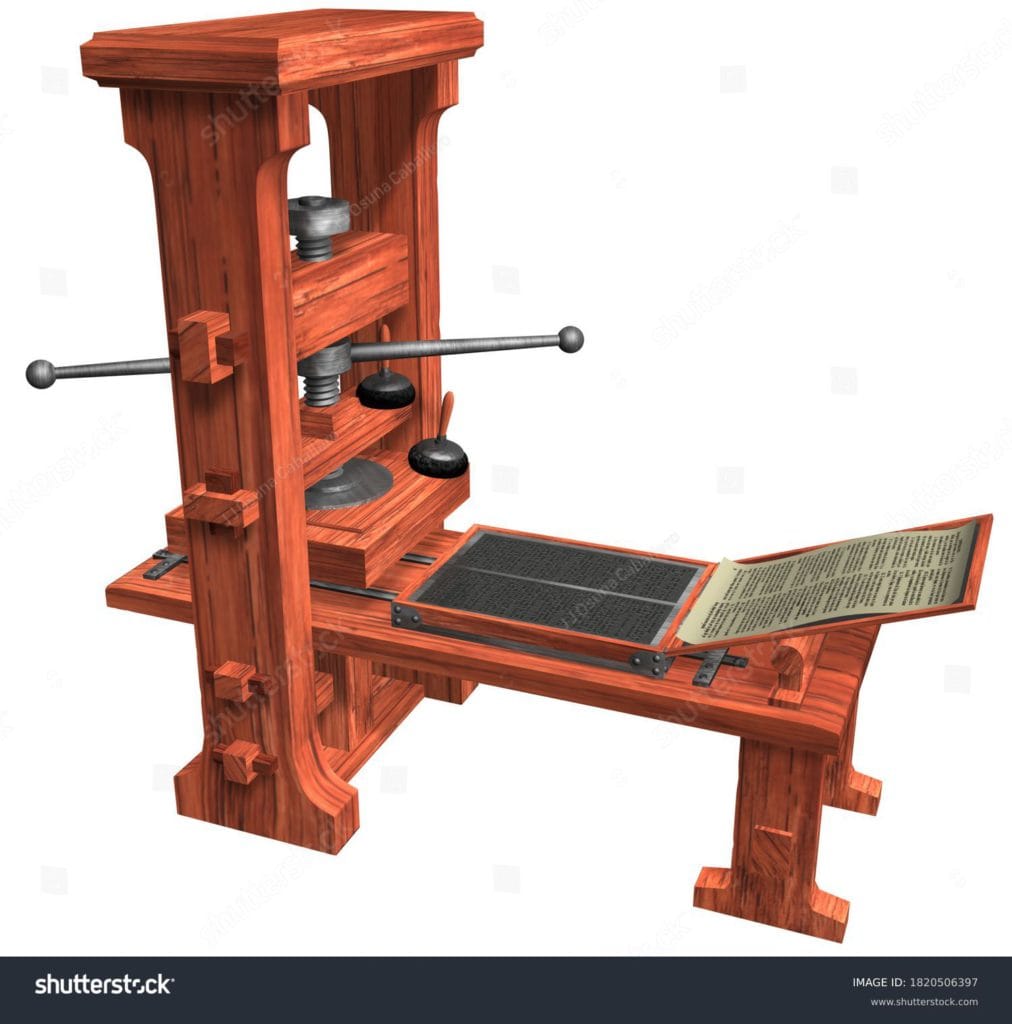History of Scrum

Scrum originated in the 1980s from Japanese manufacturing concepts, particularly Toyota’s lean production. Ken Schwaber and Jeff Sutherland formalised Scrum for software development in the 1990s, drawing inspiration from rugby’s collaborative team dynamics. As one of the first Agile frameworks, Scrum introduced sprints, daily standups, and retrospectives, revolutionising project management through iterative development, transparency, and continuous improvement practices.
Gutenberg Printing Press

The Gutenberg printing press, invented by Johannes Gutenberg in the mid-15th century, revolutionised the spread of information. It introduced movable type, allowing for the mass production of books. This innovation significantly reduced the cost of book production and made literature accessible to a broader audience, laying the groundwork for widespread literacy and the dissemination of knowledge.
Traditional vs Agile project management

Traditional project management follows sequential phases with detailed upfront planning, extensive documentation, and rigid change control. Agile embraces iterative development, adaptive planning, and continuous stakeholder feedback. While traditional methods suit predictable projects with stable requirements, Agile excels in dynamic environments where flexibility, rapid delivery, and customer collaboration drive success through incremental value creation.
History of Agile

Agile methodology emerged in the 1990s as a response to rigid, documentation-heavy software development processes. The 2001 Agile Manifesto, signed by seventeen developers, prioritised individuals over processes, working software over documentation, customer collaboration over contracts, and responding to change over plans. This revolutionary approach transformed software development, emphasising iterative delivery, team collaboration, and adaptability to changing requirements throughout projects.
